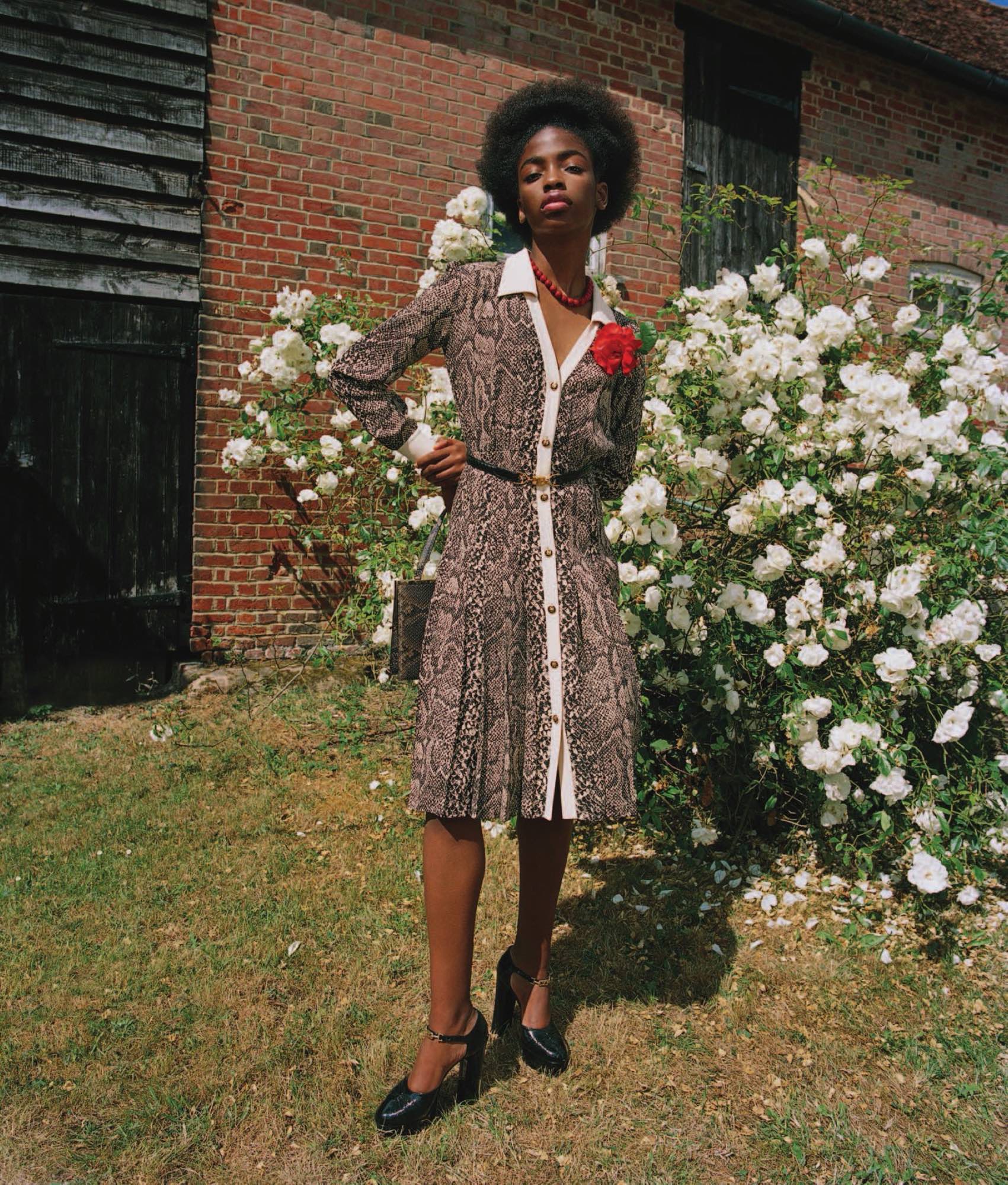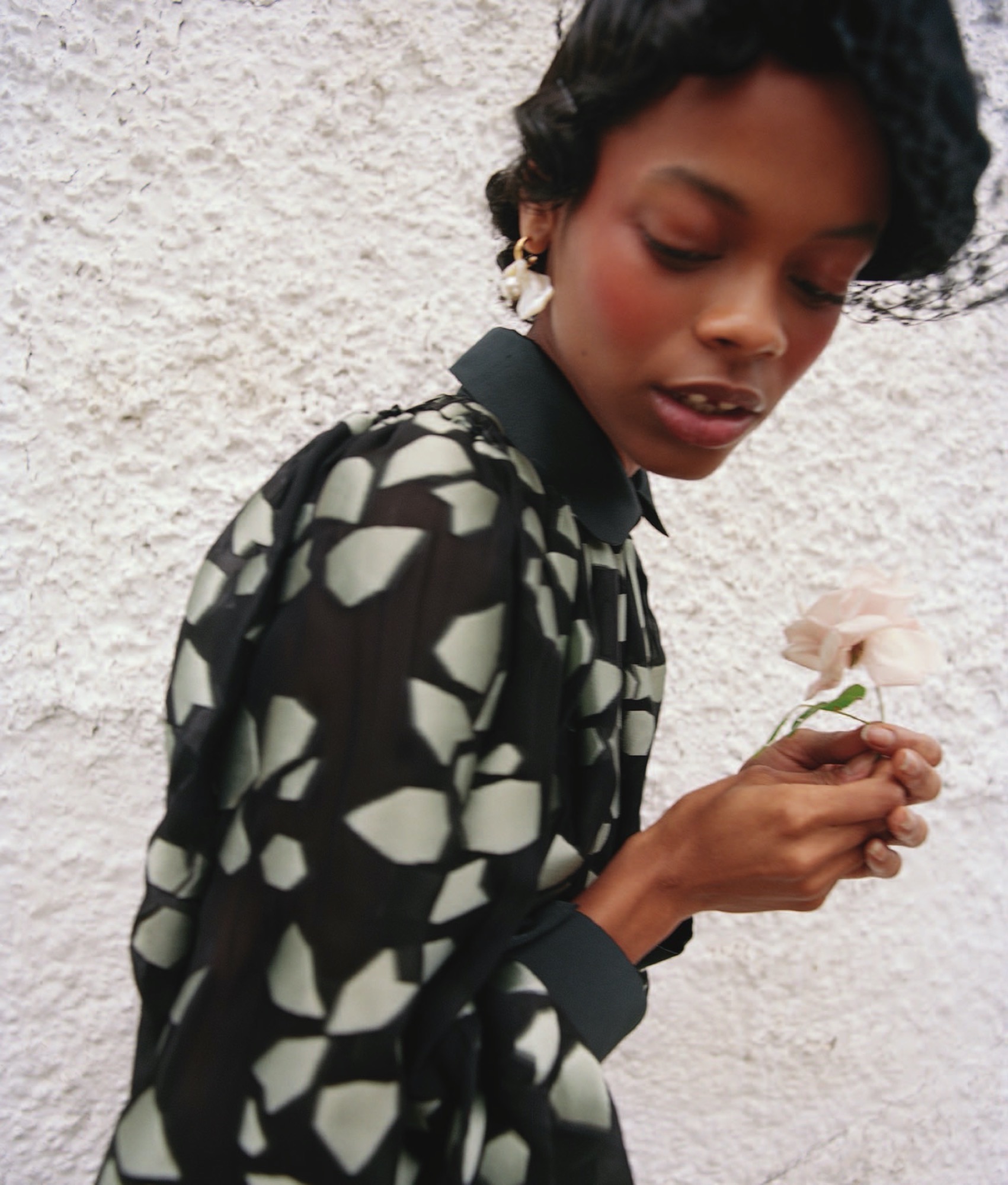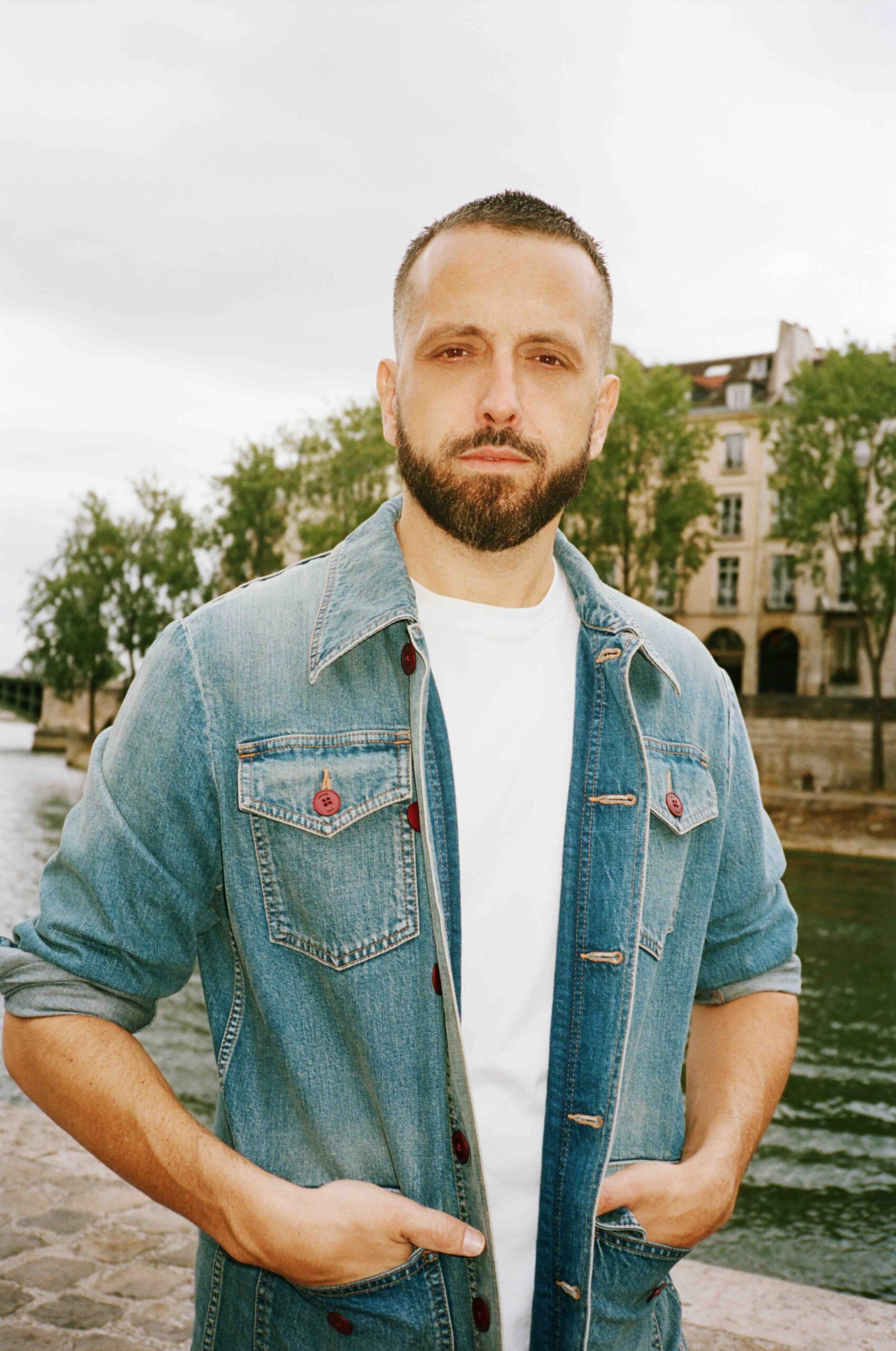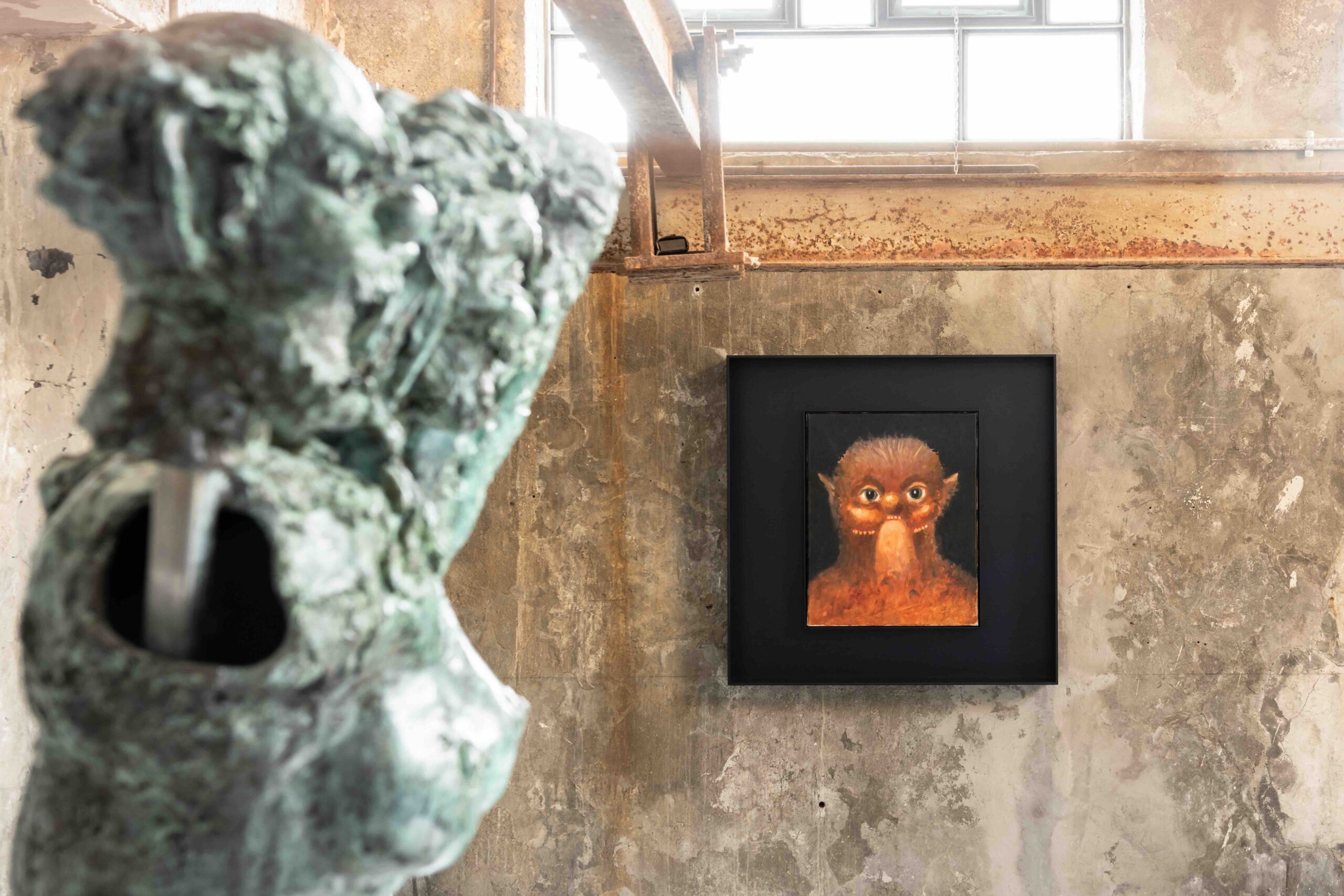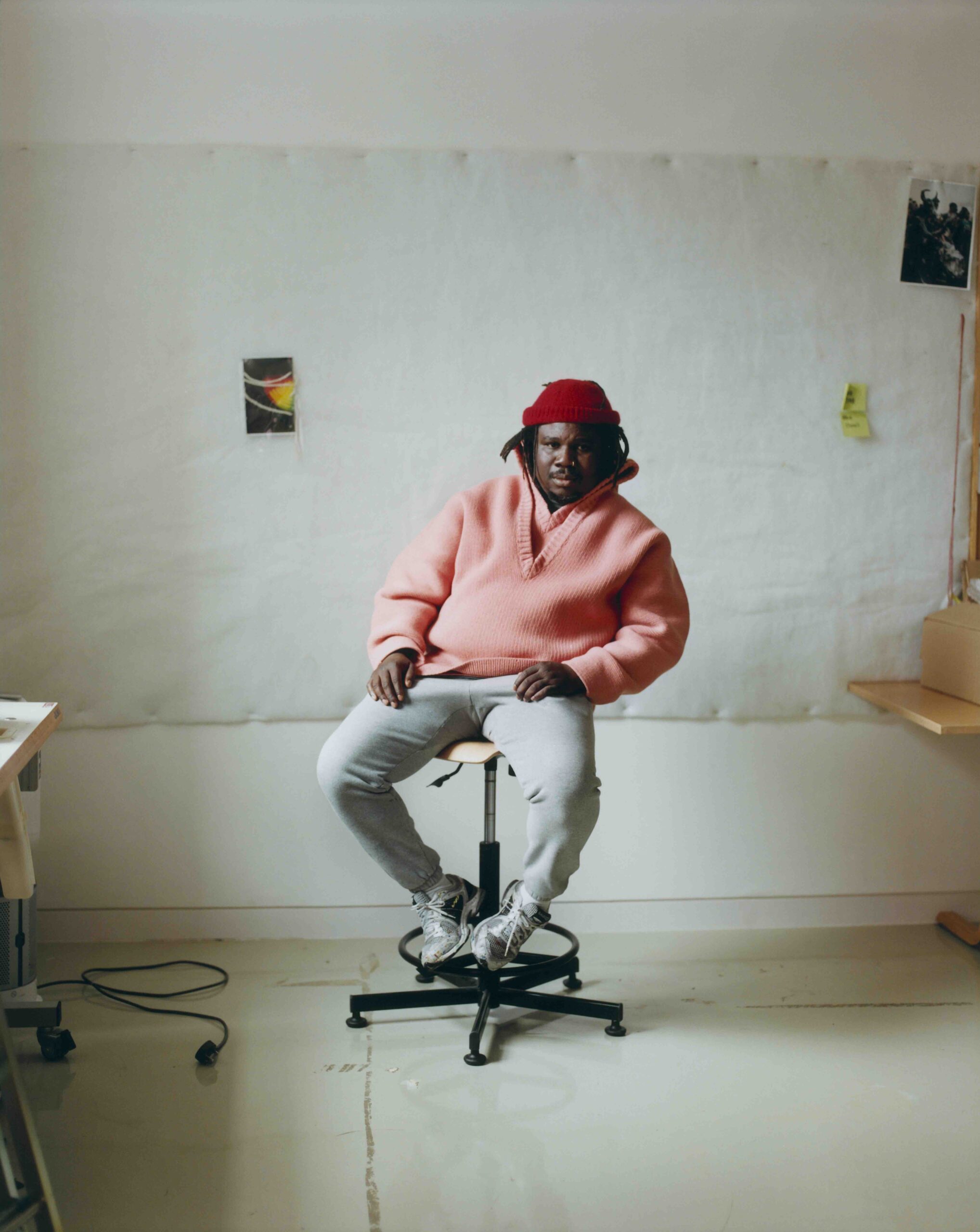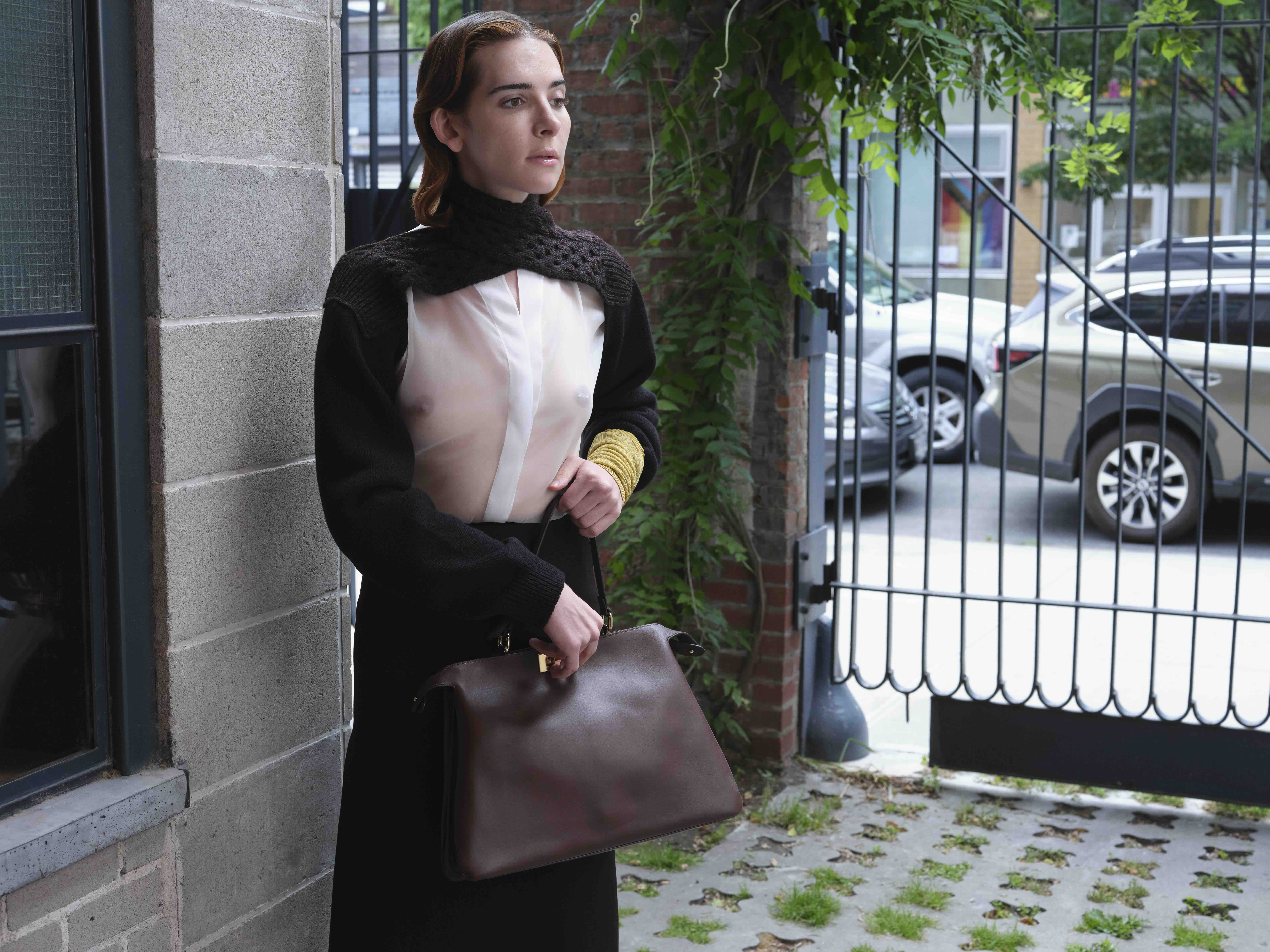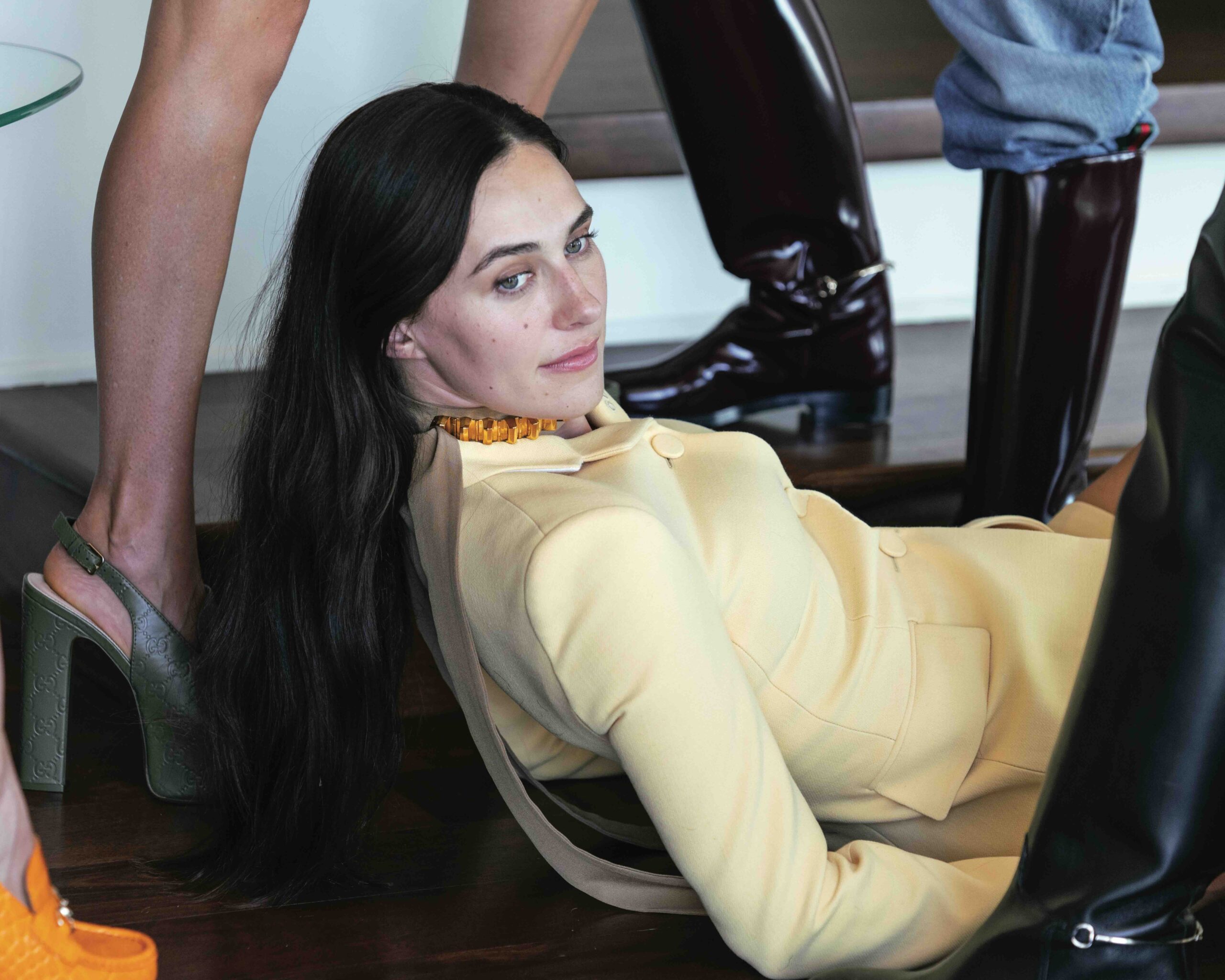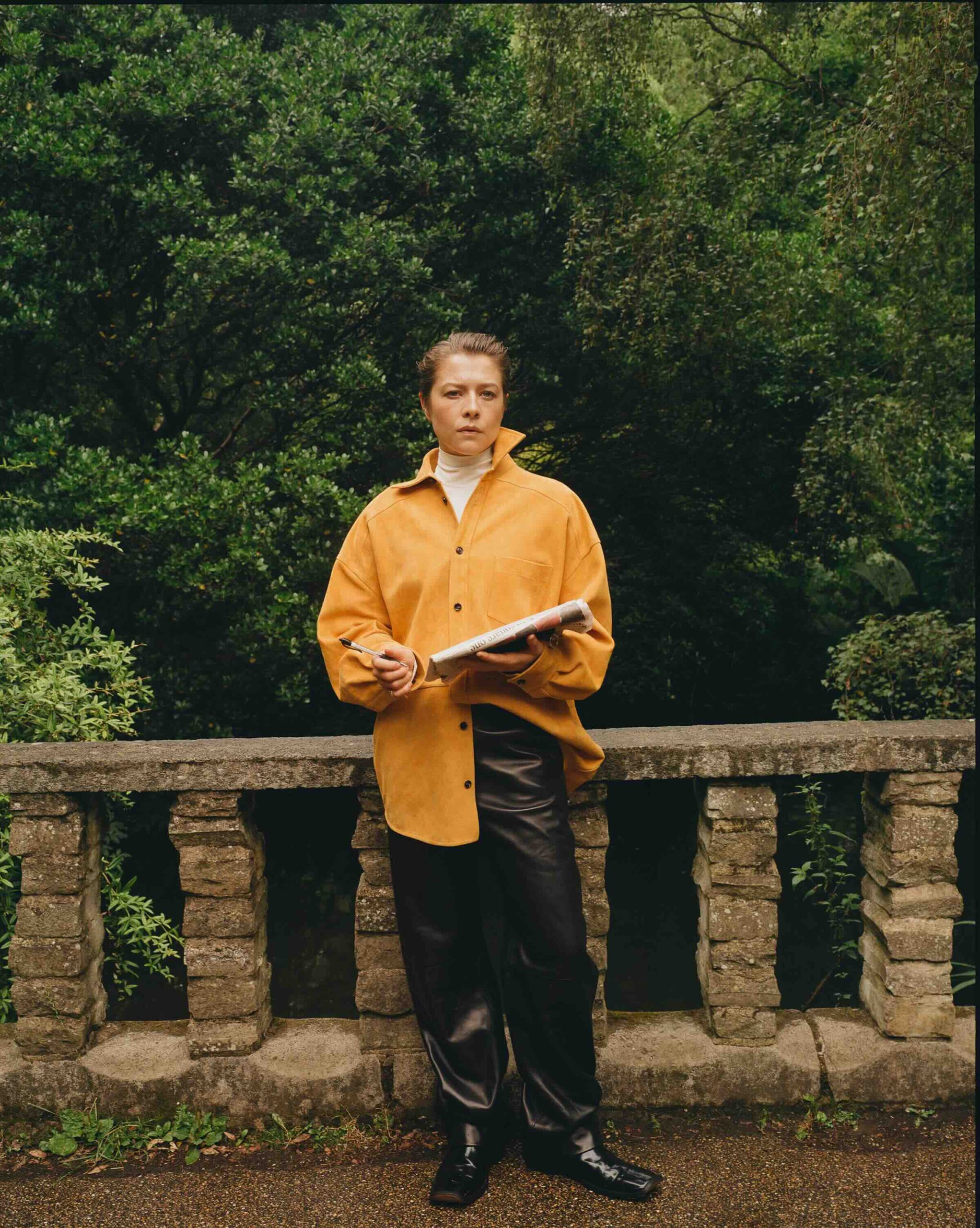Questions of representation have never been more crucial in fashion. The faces and bodies that personify a designer’s vision project their message to larger and more engaged audiences than ever before, which is why the job of a Casting Director remains in constant flux as they respond to the world around them. The Italian Casting Director Piergiorgio Del Moro is at the top of this game – one of a handful of gatekeepers who have ushered high fashion into a new era of acceptance and celebration by dismantling many of the codes and specific prototypes of beauty.
Juggling a prestigious roster of international clients between bases in New York, Paris, and Rome, Del Moro and his partner Samuel Ellis Scheinman have built their company DMCASTING into a miniature empire, collaborating with designers from Versace, Saint Laurent, Givenchy, Moschino, Dries Van Noten, Simone Rocha and magazines like Vogue Italia, i-D and WSJ. Though ‘casting’ as a job may seem abstract to many, in a world where designers require talented, interesting, and aspirational human beings to bring their garments to life in front of an audience or the camera lens, it is crucial. Today, despite the element of celebrity that has become attached to many aspects of modeling, casting directors are charged with the meticulous selection process of divining the right ‘fit’ between models and magazines, designer brands, and luxury houses based on aesthetics, demographics, and downright charisma. Together with social media, these elements form an intricate chain reaction that can change a person’s modeling career in an instant, yet at the same time have opened up the game with an increasingly multicultural agenda that is beginning to reject age and body size as barriers to entry. As Del Moro reveals, his job is a delicate game of divination and sociological response: navigating the push and pull between traditional standards of beauty and the new ways in which avant-garde designers are challenging the establishment. And although the words ‘diversity and ‘inclusivity’ are the favorite buzzwords of marketing departments all over the world today, the more Del Moro and his peers can place new bodies into fashion’s spaces of privilege, the better.
DT How much has your job changed in the last five years?
PDM Itʼs been a lot on the communications and media side of things – I think Instagram completely changed our way of working. I think before you were scouting and looking at people only through like a website or model agencies. And some street casting. But today the main ʼbrowserʼ, to research new faces is Instagram. The way to look for people has completely changed. And I think youʼll see that whatever happens in the world and the way society is changing, changes the way that we do casting. I think when you do casting, you mostly have to respect or try to read what the society wants to see, what you see in the street. So, the whole concept of inclusivity and diversity in age and in all the different aspects, I think something is growing in the community and is growing as one of the points of view for casting. So those two elements drastically changed the way we work, and the way to bring people together for both editorial and advertising.
DT There have been so many revolutions in your arena.
PDM Back in the days of supermodels it was like there was like one prototype of being beautiful and one prototype of the aspirational supermodel. Today, there are different ways of seeing beauty, different ways to reflect beauty on the runway. The shape is super important because people want to see different types of beauty on the runway. The whole idea of inclusivity is something that people want to see. We have a duty to reflect on the future in our jobs.
DT You have repeated the word ‘beauty’. Do you think that in the end, that is what every client wants? Or do you think that some clients and editors are looking for something else?
PDM I think it’s part of our job to look for beauty. And beauty has several meanings. I think a lot of people are looking for beauty, and then other designers are looking to project a message. At the end of the day, itʼs a job, and itʼs an aesthetic conversation.
DT When people think of modeling in the past it is often with a very negative connotation regarding diversity, but it’s been very nuanced over the decades, actually. Yves Saint Laurent for example was showing Black models years before it became a political issue. Azzedine Alaïa championed models of color too. And then we have other periods where there was an enormous majority of white girls. Today the industry has opened up the runway, the campaign, and the editorial page to all sorts of bodies and faces. Even last season you placed a slew of bigger girls on the runway at both Versace and Fendi. How does it feel to play a part in positive change?
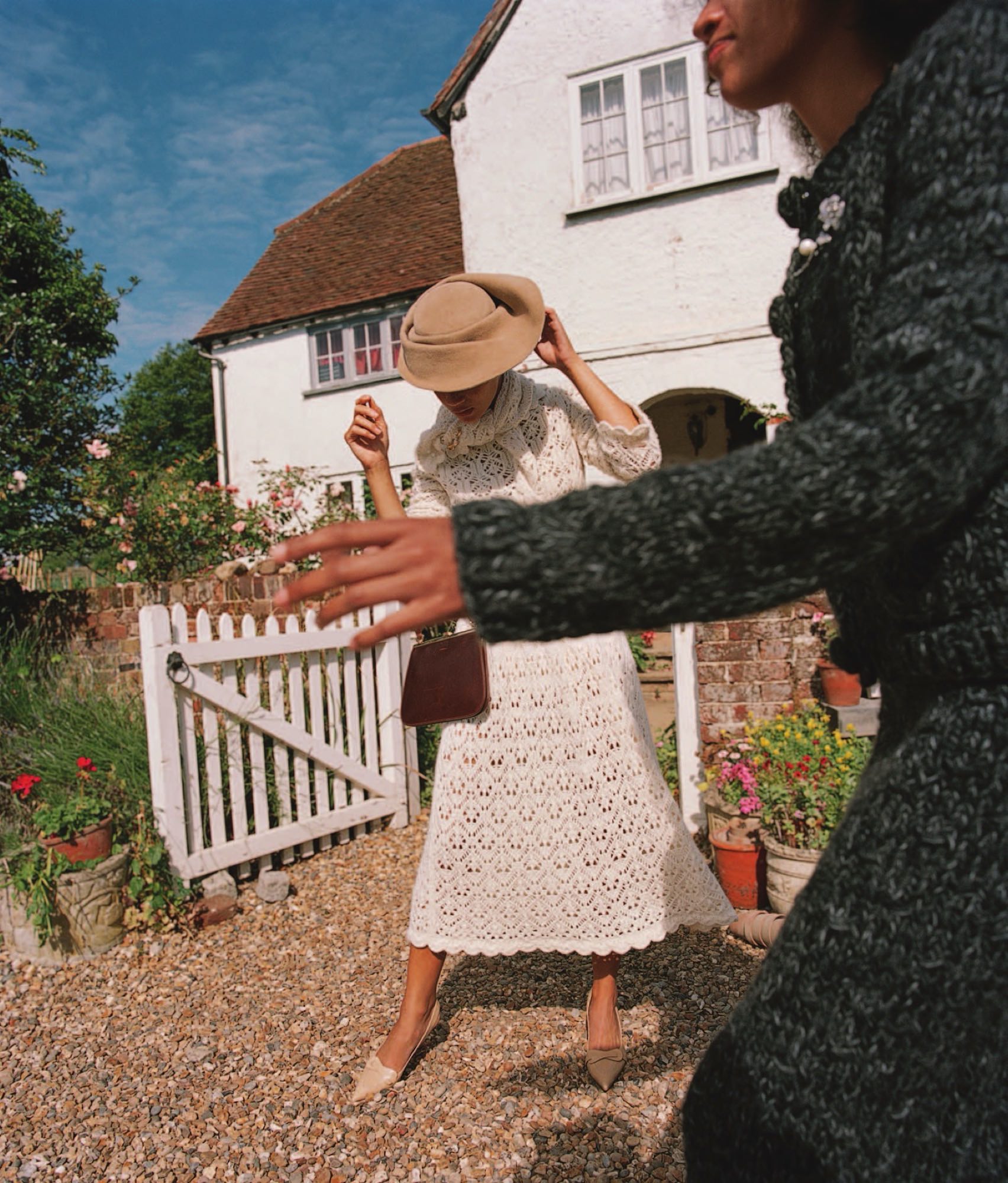
PDM When Samuel and I started the studio, we found a lot of young kids to work with us as interns, and then some of them stayed to work as junior casting assistants. We have an open conversation with all of them, as the younger generations are the ones who really give us the input into the representation we need. Itʼs always an open conversation about those elements and those conversations give you the input to propose ideas. Sometimes clients come to you specifically with an idea. But there was no specific timeline for change, I think it was a very fluid conversation that happened step by step, especially for plus-size girls. Itʼs something that I have believed in since the beginning, especially because some of those girls have an incredible personality and they bring something energy-wise to a show. When you see Ashley or Paloma in the Fendi line-up, Tess in Simone Rocha, or Precious at Versace. First of all, they feel extremely lucky because itʼs the first time theyʼre walking a runway like that, but secondly, they bring energy and positivity that is incredible and gives a super-powerful input to the rest of the casting. Itʼs not only about their shape, it is also about their persona, the way they are, the way they perform. Those girls look incredible. When you see them behind-the-scenes acting and performing they really remind me of the original supermodels, because they really care about this business. They really care about being great at their job. And that means a lot.
DT I have a couple of housekeeping questions about the technicality of what you do. I want to ask what the difference is between casting a still image and casting a moving image, like a runway or a video?
PDM Itʼs very rare today, the job only for print. Today it is often a mix of print and video, always attached. Today thereʼs not a big difference because, in both of them, the talent has to bring personality to interpret what the photographer or the videographer wants. So even if youʼre doing print images, we normally look at the personality, the way the people are acting. And look for me, because even if you go on set for a photoshoot, you need to be inspired by some sort of references. So, itʼs not only about how you look, but also how you perform in front of the photographer. I would say that the criteria is now mostly the same.
DT Once upon a time, a model could get away with being beautiful and clumsy and awkward but take an incredible photo for a magazine or a campaign and never be on the runway. And then it could also be the opposite, right?
PDM At the beginning, I think you can achieve really great results by simply being extremely beautiful. But then when you keep going your career, you need to evolve. You need to improve. To be a great model, you need to grow into your job. It is not only about being beautiful or aesthetically interesting. I think you have to bring your character, your attitude, your energy.
Today it is often a mix of print and video, always attached. Today there’s not a big difference because, in both of them, the talent has to bring personality to interpret what the photographer or the videographer wants. So even if you’re doing print images, we normally look at the personality, the way the people are acting.
DT So, how do you cast a fashion show?
PDM Normally when you work on a show, you have some reference that the designer shows you like a specific idea that the designer wants to achieve, or a specific aesthetic related to the DNA of the brand. So, you keep those references in your mind, and (before COVID-19) you would start to see like 300 people, 400 people and then you start to edit them down. And itʼs not just only finding the right faces, it is also the way they are mixed together. And sometimes you can have amazing talents, but then all of them together donʼt make any sense. We normally have those references printed aboard. And when you start to work on faces and move the Polaroids and move the images, you always look at the reference and you just start to see how those faces match each other in the references. And the casting evolves in the same way that the collection evolves. When you have all the looks in a line and all the faces in a line you start to see a sort of storytelling between, say, look 1 to look 45. The best result in a casting can be when theyʼre all linked to each other when they have a common sensibility together. There are so many ways to look at it. If you look back in the days at what Jil Sander used to do – all the faces looked the same. Or what we do in some of our jobs where each person brings a different individuality and personality. It just has to be clear in your mind in terms of what the designer wants to achieve. Each one of us has a sense of the aesthetic and of what we are more sensitive to, but when we work for clients we have to elevate this to achieve what they have in their mind because they are the ones making the collection, creating a story. So, we are helping them to make the story stronger with each character.
DT You have clients in every major fashion city and theyʼre all looking for different things from you. Itʼs interesting to think about the diversity of your clients just as much as the diversity of the models, because a Versace show and a Simone Rocha show are definitely going to be very different experiments and studies for you. The brand is trusting you with a big story to tell and that must be quite a balancing act sometimes. How does it work in terms of convincing designers to take a risk and to think outside of the box?
PDM There are clients who are more reactive to that, there are clients who are less reactive to that. Our strength lies in our ability to navigate a 360° conversation with the designers every day, working throughout the year so we build a relationship with them. We know what they like. We know what they donʼt like. We rarely work on a single project because itʼs much more intense and a much more difficult way to work. Itʼs easier to start a conversation like, for example, with Simone Rocha, who we started with a long time ago when she wanted to change her casting. We had a meeting with her, we started to pull some references together, and we started to build a board together. And then from there, it became a long collaboration over the years, and now we know what sheʼs sensitive to or what sheʼs less sensitive to. When you establish this kind of like trust and relationship with a client, then itʼs easier to have a conversation. And fights do always happen but in a very constructive way.
DT But that professional questioning is so important to what you do, isnʼt it? Especially when so many people are involved: the stylist, the designer, sometimes the CEO.
PDM The most complicated part is when there are so many voices involved. When you have one voice it’s good, two voices are fine, which is generally the case as there is a designer and a stylist. But there are some situations when there are so many other people then it gets more complicated, especially at the moment today where you get a request to use influencers because they bring more visibility to the brand. There can be requests from marketing or other departments and that makes things much more complicated.
DT Especially if it just doesnʼt make sense to the story you are creating.
PDM Sometimes you can find good compromises, but not always.
DT Youʼve been in the game long enough to have grown up with a certain generation of girls to have met others that are older than you and made many relationships that are very important to the work you do. Is that a fragile thing to manage as well?
PDM I know and Iʼm friendly with a lot of people, but I try to keep friendships and business separate. Sometimes when jobs change and casting changes it is easy to reply to people’s messages and explain why. In the end, we are the ones texting the models and telling them why they might be in a show or not. Most of the time they understand that.
DT I mean, itʼs a very difficult one, isnʼt it? Because you have exclusives and so many different things to play with now.
PDM And itʼs also a challenge when you get to work with the older supermodels, and with models of a certain age you have to be extra professional. They are women who have been in this business for a long time. You wouldnʼt ask just an ʼoptionʼ on someone who has been in the business for twenty years. You need to respect the career of each one of them.
DT Absolutely. How do you research and bring back those faces that might not have been on the catwalk for a long time? There are some like Karen Elson and Maria Carla Boscono who have had tremendous regularity and longevity but at a certain time, there was the idea that a girlʼs face and her body changes and she was seen less. Today it seems to be so organic and surprising and exciting that every season we have a special few faces coming back.
PDM I think itʼs an interesting part of our job. And I think itʼs an element that was quite remarkable in our career from the beginning until today.
I mean, especially how we work with Versace to bring back supermodels and girls from a certain generation. It was something very interesting because those girls have something to say and something to add in a casting. We keep in mind a lot in terms of age inclusivity, as it is beautiful to see girls who, say, walked in a show at 16 years old, and then theyʼre coming back like at 30, 35, 40. And their beauty keeps evolving and changing. To some degree, weʼve done this a lot, so we do it less in this moment, but itʼs always been a very nice element, the surprise of bringing someone back on the runway. And the ones who didnʼt come back yet, they donʼt want to come back.
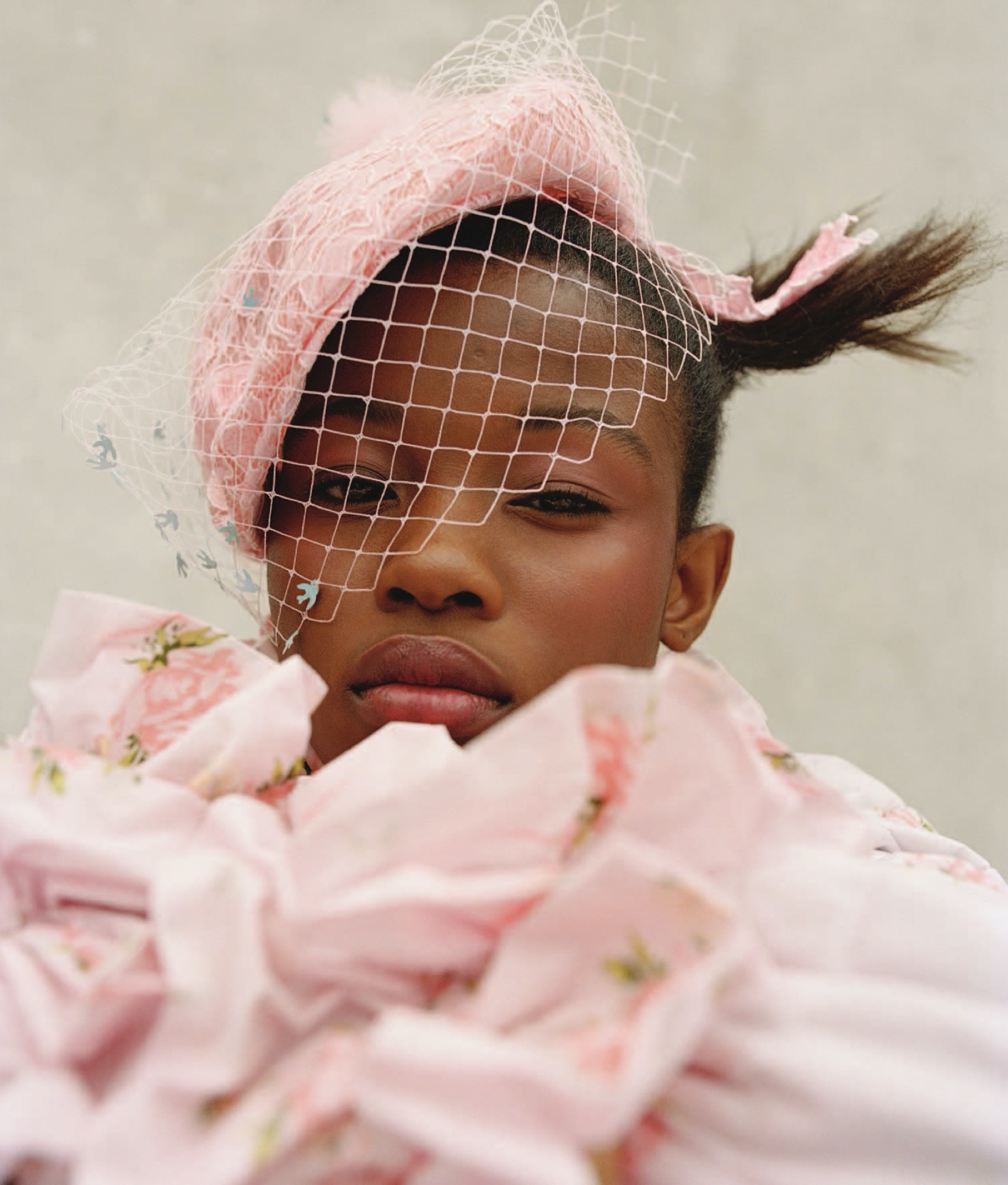
DT They were the forerunners to everything we know now. And they saw the whole industry in a much younger place, much less technology, much less sharing, much less corporatization.
PDM Yeah,I agree.
DT I thought Penelope Tree was a pretty amazing return last season at Fendi too.
PDM I tried so many times to bring her back, she was not available. And then I said, Ok, Iʼm going to send this email although I already know the answer. An hour after they got back to me saying she was interested to do it. And it was fantastic – she was having fun and she had a great time. And all the younger girls were asking questions to her. And that Fendi cast was quite special for Silvia (Venturini) Fendiʼs last show as we also had mothers and daughters and sisters and sons. It was the message that Silvia wanted to have, so it was quite emotional and a very good memory.
DT Yeah, I agree. I also think many of Simoneʼs shows have had that element of surprise as well from different generations. I remember also when she had all of the Irish actors in the shows.
PDM Yes, and we brought back people like Benedetta Barzini and Jenny Howorth. I really respect what Simone likes and what she feels. Seeing those women in her clothes was very interesting, it was like a beautiful performance.
DT You mention that some models donʼt want to come back into the business. I think thatʼs quite an interesting notion because for many it signals a time of life that is short and very exciting and it can be a hugely formative time in their lives, but in the past, it was quite toxic. And I think itʼs interesting to see how the idea of a life balance has come into modeling a lot more in the last few years. The #MeToo movement showed many terrible things going on in the fashion industry. But I also just think that the way that girls make money now has changed, too. And it doesnʼt mean having to do all the shows and all of that. It can come in different ways. And, of course, the commercial girls end up making more money than the editorial girls most of the time. But it’s so good to see examples of models like Julia Nobis, who has gone back to school to study science after having an incredible career and coming back to do special bookings. Or Marte Mei van Haaster who has started a design business. What are your thoughts on the way things have changed?
PDM I have a funny story about this because several years ago Karlʼs team asked me to reach out for one of the first Fendi Couture shows, and they asked me to reach one of these supermodels from Cindy and Lindaʼs generation, one of the girls who hasnʼt been back for years and she doesnʼt even have an agency anymore. And I tried everything – I got friends’ contacts to reach out to her. I finally got a hold of her and she sent me a message saying “I really thank you for this request Iʼm very happy and very grateful for this, but the fashion business is done for me. It was a beautiful experience, but Iʼm very happy to be able to stay away from that now.” And that is an example of someone who decided that the business probably was too much and was a great experience and she doesnʼt want to have any other relationship with. I think itʼs a very tough business and being a model is very complicated when you have to get used to being judged by people every day. Itʼs a challenging job. You need to have internal stability to handle that, so sometimes people get burned, and sometimes people get used to it. And so, I think that each one of them should decide the way they want to do it. Today, there are some girls and boys who are 100 percent devoted to the modeling business and are able to achieve anything. Sometimes there are others who prefer to separate their private life with the business, and theyʼre still achieving amazing results. I mean, Julia Nobis the best example. Sheʼs had an amazing career, being 100 percent model than doing half and half, then now coming back to some projects, and sheʼs still enjoying with the same smile.
DT I think itʼs very interesting to emphasize what you said earlier about it being a job because as we know, fashion has never been as fashionable as it is today. Fifteen years ago, everyday people didnʼt know as much about fashion and its inner workings and see it on their social media feeds every day. It was something that was for a selected few. And now many more people want to be and can be a model because of social media, just as you said. Do you think that many people are much more attached to the idea of modeling than the reality?
PDM Oh, yes, and I think when they start to experience the reality, they get shocked and after three months go back to their business or their school. So, it seems an ideal job and itʼs a beautiful job where you can meet so many people. You can have an amazing experience, but itʼs an intense one. So, you learn step by step in each different chapter of your career.
DT Some of the big stories in modeling in the last few years have been about certain elements of transformation in gender. I think that itʼs a really positive and exciting thing as well that the industry has embraced in a pretty positive way. As a casting agent, how has it been for you to be a part of this changing mindset, for clients especially?
PDM It was quite fluid and it came from the clients and agencies both proposing ideas that came from the clients too. It has been very appreciated by all parties and quite supported. I don’t think weʼve ever had a big “No” from anyone. Itʼs more that certain designers are pushing for this and for particular new names to explore what is possible and to promote them individually. I think our clients were very proactive and responsive to these type of changes in casting.
DT Industry players like yourself hold very important keys in your hands at a certain point, as today everybody looks to fashion for these kinds of positive changes and weʼre allowed to give the spotlight to special kinds of people.
PDM Yes, itʼs super important. I mean, in the end, models are human beings who are going to keep these memories for their whole lives. Some will pass those stories on to their children and grandchildren. So, itʼs important to change the business in a positive way to give amazing memories to those people. And this has to continue.
